LABORATORY: PHYSICAL TRAININGFOR RECOVERY OF THE INJURED ATHLETE
LABORATORIO: RECUPERO DELL'ATLETA INFORTUNATO
| A.Y. | Credits |
|---|---|
| 2025/2026 | 2 |
| Lecturer | Office hours for students | |
|---|---|---|
| Fabrizio Perroni | Monday 18.00- 19.00 and Tuesday 12.00-13.00 wtih appointment by mail to fabrizio.perroni@uniurb.it |
| Teaching in foreign languages |
|---|
|
Course with optional materials in a foreign language
English
This course is entirely taught in Italian. Study materials can be provided in the foreign language and the final exam can be taken in the foreign language. |
Assigned to the Degree Course
| Date | Time | Classroom / Location |
|---|
| Date | Time | Classroom / Location |
|---|
Learning Objectives
The teaching course aims to educate students to knowledge of the protocols of recovery to build an training periodizzation to injured athletes, according to type of injury and sport, and to prevention programs referring to scientific evidence ( evidence-based coaching) and best practice.
Program
Practical lessons will be organizzed in the swimming pool, in the field and in the gym and they will discuss:
1) Re-training after Muscle, Ligamental, and articular injury
2) Methods and means used in re-training
3) Methods and means of injury prevention
4) Relathionship with athlete, medical staff and technical staff
Bridging Courses
Teoria e metodologia dell'allenamento
Learning Achievements (Dublin Descriptors)
At the end of the study course, the student must demonstrate that he has acquired:
- Knowledge and understanding Knowledge about the use of motor activity programs as recovery and injury prevention, administration of training load (intensity, time, volume, type of exercise) and their relathionship with specific sport activity.
- applying knowledge and understanding The student will be called to produce, in itinere, training programme projects about recovery and injury preventionin written form, with oral presentation, also through systems on online platforms.
- Making judgments Through the oral presentation and the formulation of retraining program designs, the student will have to motivate the choice of his behavioral hypotheses.
- Communication skills During the presentation phase, the student is asked to demonstrate mastery of the sectoral languages and the multimedia presentation methods of the sporting activity projects implemented.
- Learning skills Through the previous components, the student is called to highlight his autonomously developed acquisition and connection skills.
Teaching Material
The teaching material prepared by the lecturer in addition to recommended textbooks (such as for instance slides, lecture notes, exercises, bibliography) and communications from the lecturer specific to the course can be found inside the Moodle platform › blended.uniurb.it
Supporting Activities
There are no supporting activities
Teaching, Attendance, Course Books and Assessment
- Attendance
75% of presence
- Course books
-Weineck J. L'allenamento ottimale. 2001
- Manno R. Basi metodologiche per l'allenamento nello sport. Calzetti & Mariucci, 2024
-Bompa T. - Carlo A. Buzzichelli C.A. Periodizzazione dell'allenamento sportivo. Nuova edizione. Calzetti & Mariucci, 2017
-Bompa T. - Carlo A. Buzzichelli C.A. Periodizzazione - Teoria e metodologia dell'allenamento. Calzetti & Mariucci, 2019
-Carli D., Di Giacomo S., Porcellini G. Preparazione atletica e riabilitazione. Fondamenti del movimento umano. Scienza e traumatologia dello sport, principi di trattamento riabilitativo. 2012
-Perroni F. Manuale teorico - pratico per il recupero del calciatore infortunato. Con riabilitazione da lesione muscolare. Calzetti – Mariucci Editori, 2006
-Chatard JC, Allenamento e recupero, Calzetti&Mariucci, 2008
- Assessment
The final assessment include an oral presentation about the organizzation of re-training programs at the end of the course.
The final evaluation is expressed out of thirty
- Disability and Specific Learning Disorders (SLD)
Students who have registered their disability certification or SLD certification with the Inclusion and Right to Study Office can request to use conceptual maps (for keywords) during exams.
To this end, it is necessary to send the maps, two weeks before the exam date, to the course instructor, who will verify their compliance with the university guidelines and may request modifications.
Additional Information for Non-Attending Students
- Attendance
75% of presence
- Course books
-Weineck J. L'allenamento ottimale. 2001
- Manno R. Basi metodologiche per l'allenamento nello sport. Calzetti & Mariucci, 2024
-Bompa T. - Carlo A. Buzzichelli C.A. Periodizzazione dell'allenamento sportivo. Nuova edizione. Calzetti&Mariucci, 2017
-Bompa T. - Carlo A. Buzzichelli C.A. Periodizzazione - Teoria e metodologia dell'allenamento. Calzetti&Mariucci, 2019
-Carli D., Di Giacomo S., Porcellini G. Preparazione atletica e riabilitazione. Fondamenti del movimento umano. Scienza e traumatologia dello sport, principi di trattamento riabilitativo. 2012
-Perroni F. Manuale teorico - pratico per il recupero del calciatore infortunato. Con riabilitazione da lesione muscolare. Calzetti – Mariucci Editori, 2006
-Chatard JC, Allenamento e recupero, Calzetti&Mariucci, 2008
-Dispense del docente
- Assessment
The final assessment include an oral presentation about the organizzation of re-training programs at the end of the course.
The final evaluation is expressed out of thirty
- Disability and Specific Learning Disorders (SLD)
Students who have registered their disability certification or SLD certification with the Inclusion and Right to Study Office can request to use conceptual maps (for keywords) during exams.
To this end, it is necessary to send the maps, two weeks before the exam date, to the course instructor, who will verify their compliance with the university guidelines and may request modifications.
| « back | Last update: 27/07/2025 |



